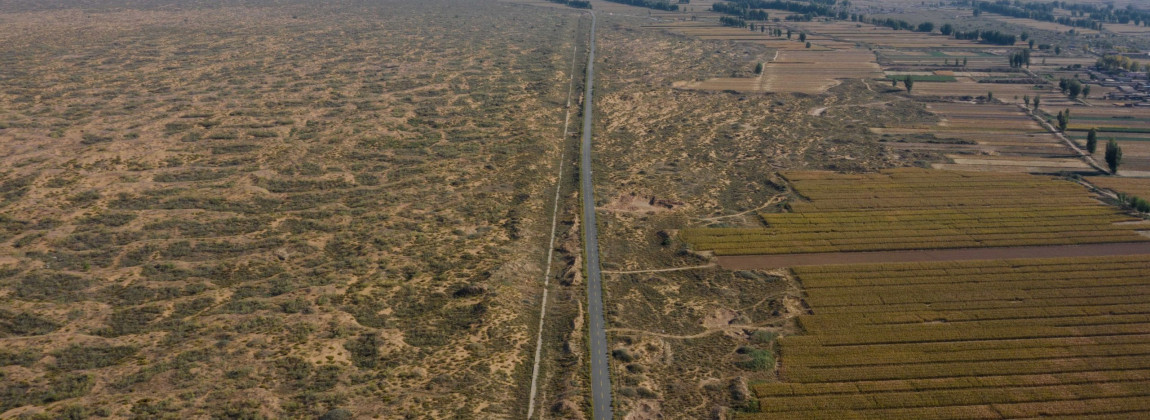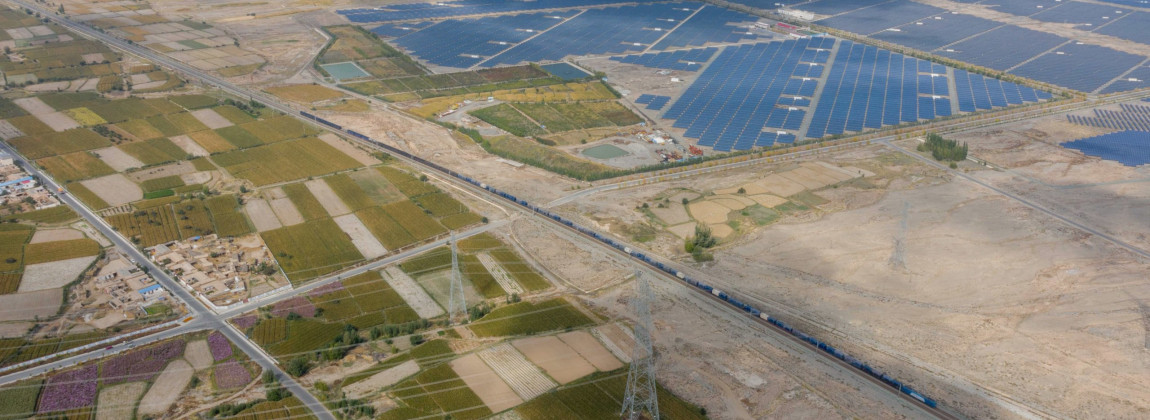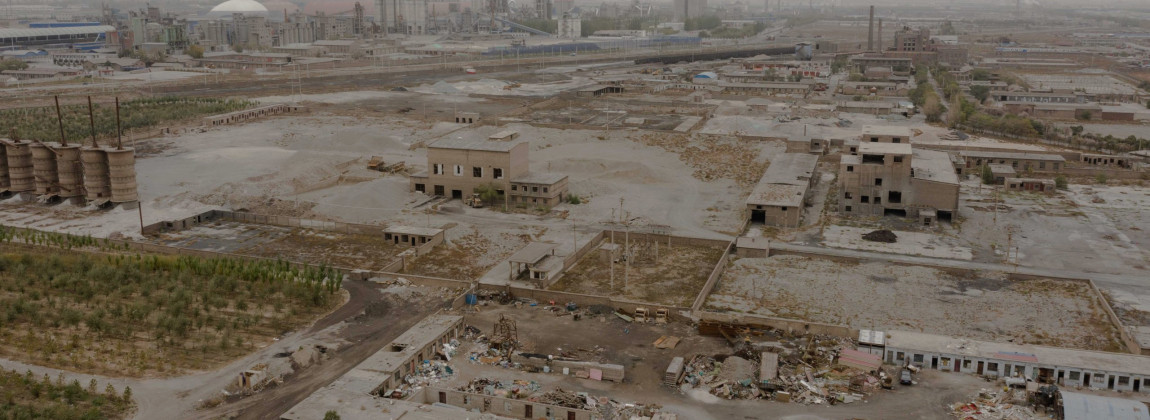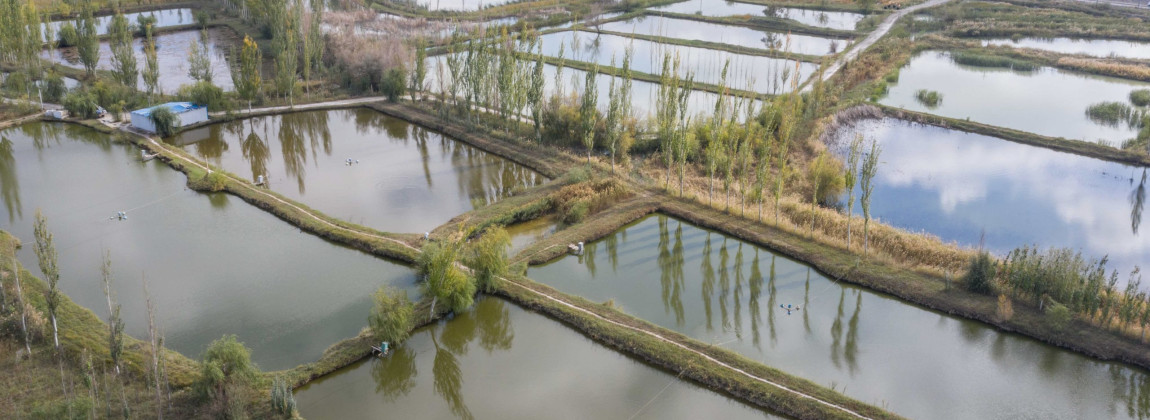- Type of project
- PhD
- Funding
- AHO
- hannes.zander@aho.no
- Duration
- 01.08.2018 -> 08.08.2023
This project has been completed
About the project
The dissertation project is a regional study of the Hexi Corridor in China’s northwestern Gansu province—a culturally and geopolitically significant zone known as the ‘golden sector’ of the Historic Silk Road. The multi-scalar research includes cartographic mapping, fieldwork, and the visual documentation of individual sites and projects.
Since its first integration into imperial China during the early Han dynasty (121 BC), the Hexi Corridor in China’s northwestern Gansu province has been a strategically crucial frontier region, bridging between China’s heartland and Central Asia. However, the corridor’s arid and harsh climatic conditions have always made habitation challenging and have put economic development and the cultivation of land in conflict with the sensitive environment. The dissertation project is a regional study at the intersection of urbanism, globalization, as well as local cultures and landscapes. The research is informed by the region’s environmental history, which describes how landscapes have been generated through a process of human adaptation to forces of nature and anthropogenic interventions into natural cycles. The coupling of social and environmental systems, both in history and in ongoing spatial transformations, serves as a method to read the territorial context.
The project portraits the Hexi Corridor from two sides: First, by discussing current strategies that aim to attract investment for urban growth and economic development. And second, in contrast, by presenting measures that are undertaken to restore and protect land, water bodies, habitats, and ecosystems. This investigation is positioned in the context of China’s strong rural-urban divide and the everlasting socio-economic disparities between the country’s humid, coastal Southeast and arid, interior Northwest. The Chinese central government tries to curb this uneven development with economic and social restructuring, rapid urbanization, and the extended growth of infrastructures. In addition, it seeks to reposition China internationally, following the long-term vision of national rejuvenation. Plans for regional development, therefore, need to be seen in the context of geopolitical strategies that aim to connect China more strongly to world markets—particularly in the Northwest, where infrastructure projects linked to natural resources, transportation, and logistics as part of the Belt and Road Initiative are reshaping the physical environment.
Through the juxtaposition of such plans along the Hexi Corridor with environmental challenges and limitations that the region is facing, the thesis showcases how land cultivation and urbanism are inherently coupled to and dependent on the natural environment which raises questions about resilience and sustainability.
This research is part of the Urbanization of Rural China project.








